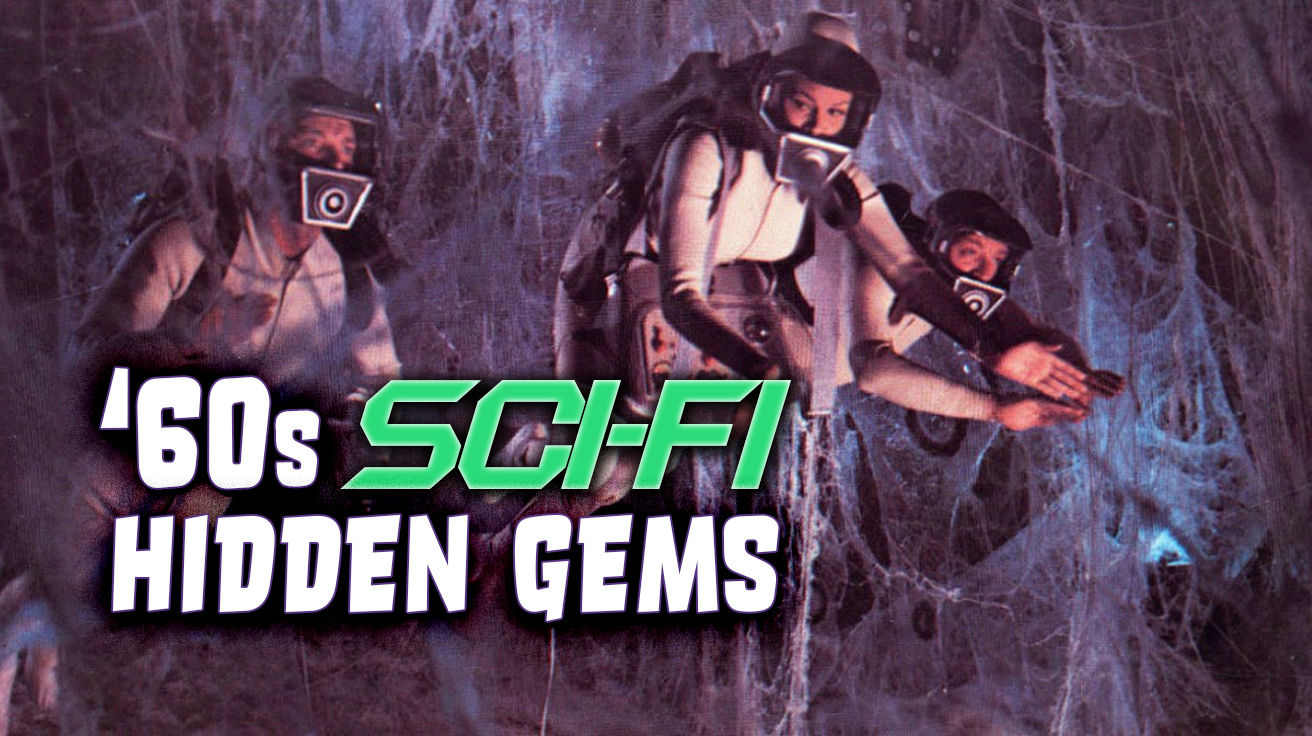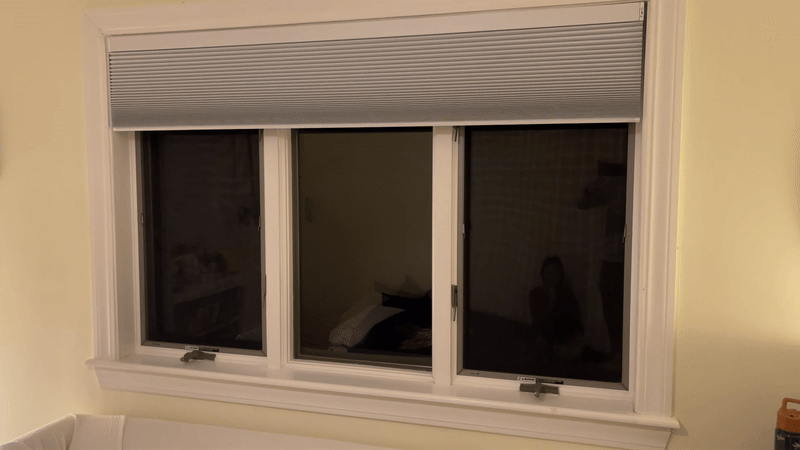While mainstream movie channels recycle “2001: A Space Odyssey” for the thousandth time, a parallel universe of 1960s sci-fi sits gathering dust in the Hollywood vault. These forgotten films—experimental, weird, and often awkwardly brilliant—reveal more about Cold War America’s hopes and fears than any documentary ever could.
What emerges from exploring this lost catalog isn’t just nostalgia but a roadmap of paths not taken in science fiction cinema—creative dead-ends that might have led somewhere revolutionary if given the chance.
These movies deliver their visions without the glossy perfection of modern CGI, yet somehow hit harder for it.
12. X: The Man with the X-Ray Eyes (1963)
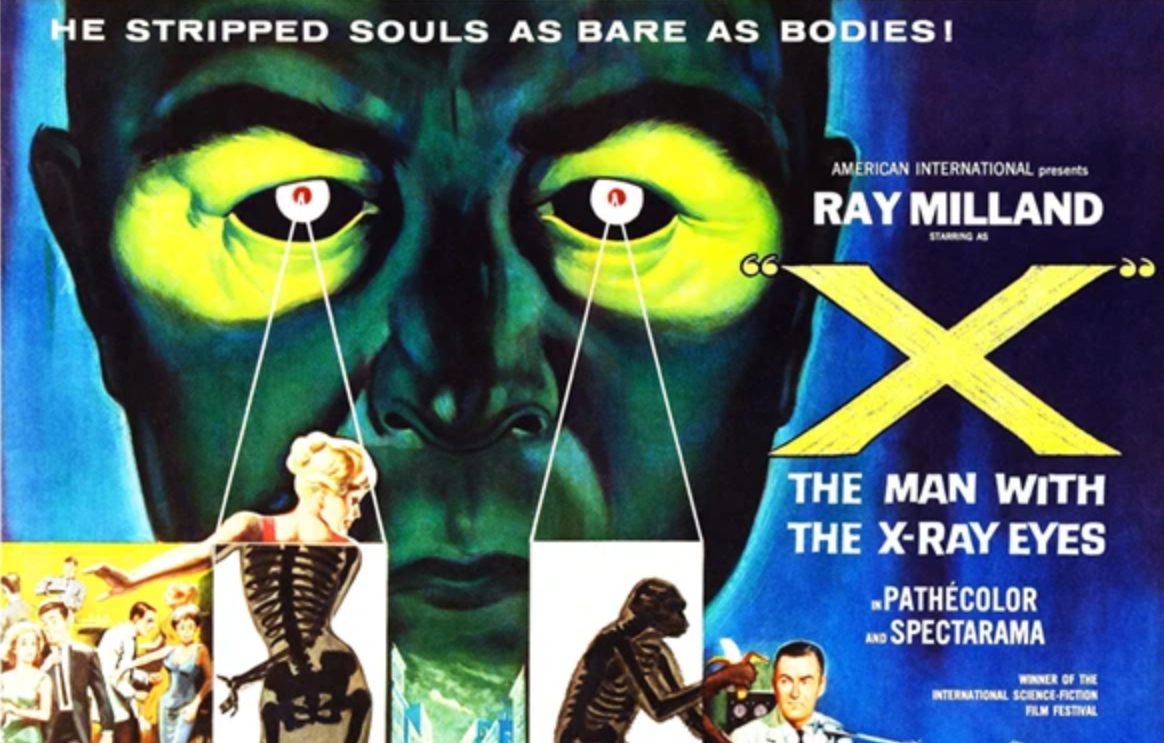
Enhanced vision becomes a curse in Roger Corman’s philosophical nightmare, where experimental eye drops reveal layers of reality humans were never meant to see. Ray Milland’s performance transforms what could have been schlocky exploitation into a genuine tragedy about a man who gains godlike perception but loses his humanity in the process. It’s like if “Breaking Bad” were about optometry instead of chemistry.
The film’s visual effects—created with simple color filters and camera tricks—achieve a trippy effectiveness that big-budget productions often miss. The story builds to one of cinema’s most disturbing conclusions, suggesting some barriers between humans and ultimate knowledge exist for our protection.
11. Village of the Damned (1960)

An entire generation born in a single day transforms the quaint village of Midwich into ground zero for humanity’s potential extinction in this masterclass of understated horror. This chilling adaptation of John Wyndham’s novel “The Midwich Cuckoos” delivers sci-fi horror through restraint rather than excess, proving that glowing eyes on emotionless children create more unease than any amount of gore.
The children, with their platinum hair and collective intelligence, function as the perfect metaphor for fears about the next generation being fundamentally different and potentially hostile to traditional values. George Sanders delivers a nuanced performance as the professor trying to understand these children while gradually recognizing the threat they represent.
10. First Men in the Moon (1964)

When modern astronauts discover they weren’t the first to reach the moon, H.G. Wells’ Victorian space travelers emerge from history to challenge everything we thought we knew about exploration. This H.G. Wells adaptation captures that uniquely British approach to science fiction, where tea time remains important even when facing moon monsters.
Ray Harryhausen’s insect-like Selenites remain delightfully weird creations that put modern CGI aliens to shame with their tactile presence. The film balances wonder and humor like a tightrope walker who occasionally wobbles but never falls. While NASA calculated thrust vectors and orbital mechanics, this film suggested all you needed for space travel was Victorian ingenuity and a substance that negates gravity.
9. The Illustrated Man (1969)
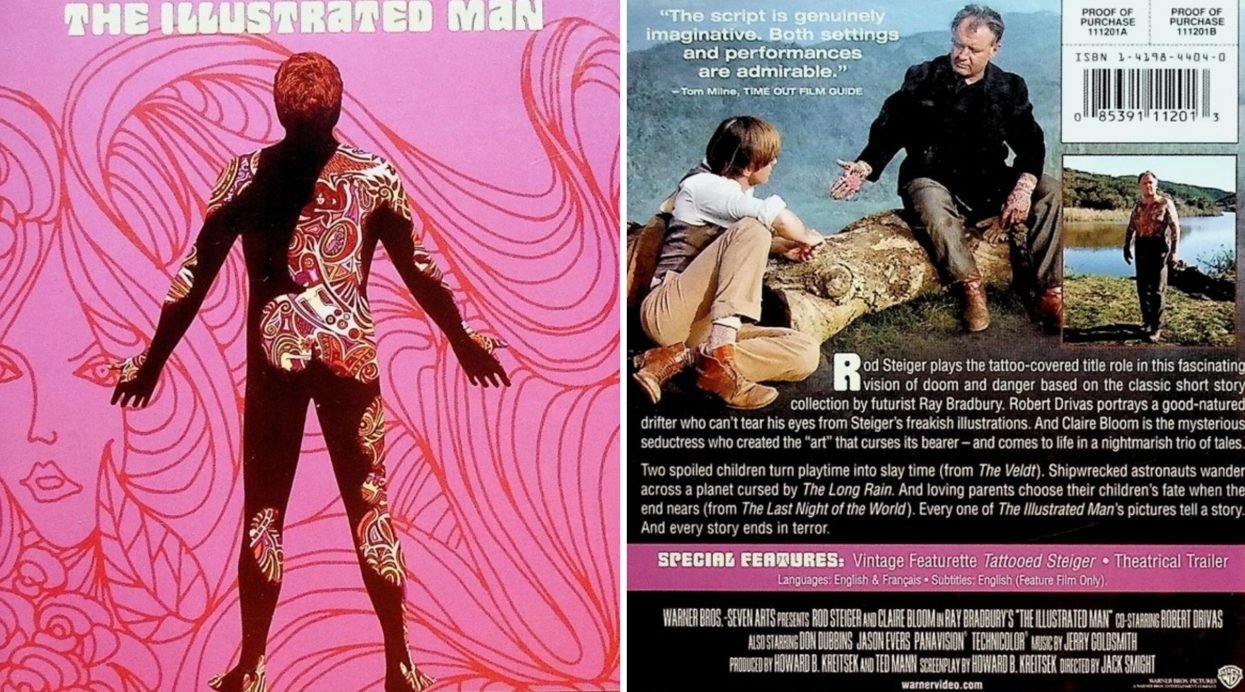
If you’re fascinated by how technology reshapes humanity, and you like top plit twist movies, Ray Bradbury’s living tattoo anthology offered frightening glimpses into our future decades before streaming services made tech-horror fashionable. Rod Steiger’s performance as the illustrated drifter remains a master class in physical acting that today’s green-screen heroes could study.
Hollywood punished the film’s originality at the box office, despite its experimental visual style capturing the late 60s psychedelic aesthetic without simplifying Bradbury’s warnings about where humanity was heading. Watch it today and you’ll notice how many of its predictions about technology’s impact on family and community hit with uncanny accuracy.
8. The Valley of Gwangi (1969)

Caught between prehistoric predators and profit-hungry showmen, cowboys discover that lassos work surprisingly well on dinosaurs in this genre-bending adventure that proved some ideas are too imaginative for mainstream success. Cowboys lassoing dinosaurs shouldn’t work as a concept—it’s basically what would happen if your childhood toy box came to life after mixing action figures from different playsets.
Ray Harryhausen’s stop-motion dinosaurs move with more personality than many human actors working today. The film flopped harder than a politician doing TikTok challenges, but its technical innovations laid the groundwork for later dino-adventures. This forgotten 1960 gem serves as a perfect time capsule of Hollywood’s genre experimentation before market research and focus groups sucked the weird out of mainstream cinema.
7. The Gorgon (1964)
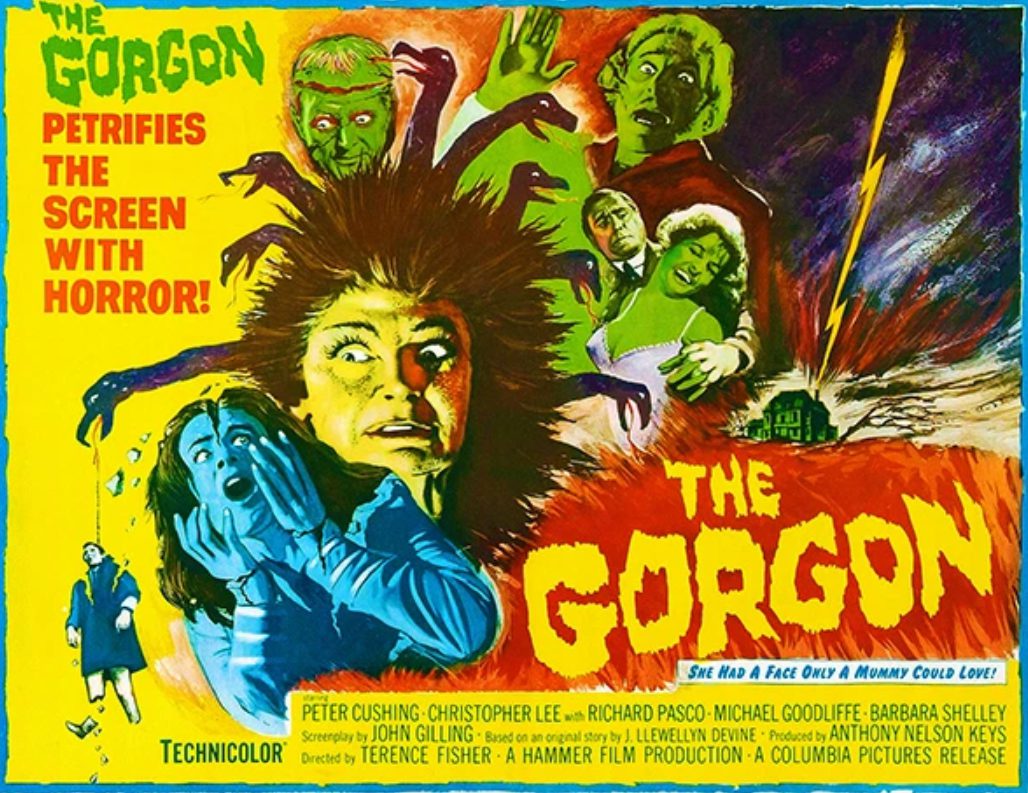
Ancient Greek monsters gain terrifying new life through Hammer Films’ signature gothic atmosphere, transforming mythology into a Victorian nightmare where Christopher Lee and Peter Cushing elevate B-movie material to art. “The Gorgon” drops an ancient snake-haired monster into a European village where she turns locals into instant garden statues.
The film creates dread not through expensive effects but atmosphere thicker than London fog, proving that suggestion often terrifies more effectively than explicit gore. Director Terence Fisher treats his mythological monster with the same gothic sensibilities he brought to Dracula, creating a weird hybrid that shouldn’t work but somehow does.
6. Quatermass and the Pit (1967)
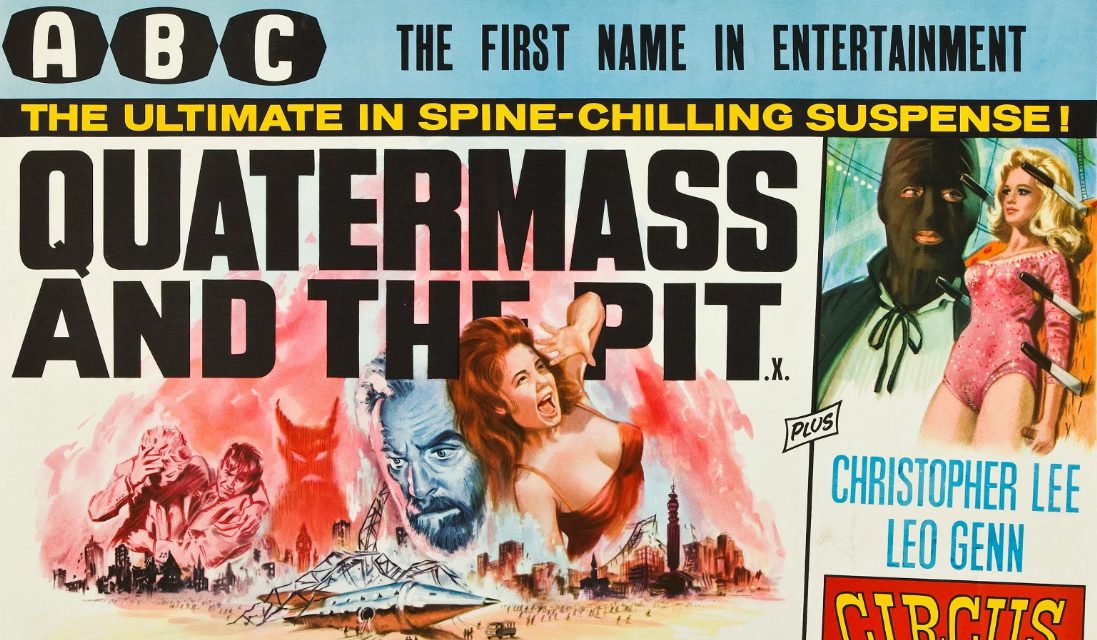
Humanity’s entire evolutionary history unravels when London construction workers uncover an ancient Martian spacecraft in this cerebral thriller that predicted today’s conspiracy theories with disturbing accuracy. A London construction project uncovers a spacecraft buried for millions of years, linking human evolution to Martian interference with implications that make modern conspiracy theories look tame by comparison.
Director Roy Ward Baker crafts a uniquely British apocalypse where proper scientific procedure remains important even as psychic Martian influence drives Londoners to violence. The mounting dread culminates in a spectral Martian manifestation over the city that would make modern CGI teams jealous, achieved with simple projectors and practical effects.
5. Mysterious Island (1961)

Jules Verne’s adventure classic transforms into a showcase for Harryhausen’s groundbreaking creatures, as Civil War escapees battle giant wildlife on an island where Captain Nemo’s secrets lurk beneath the surface. This loose adaptation throws together castaways, giant creatures, and Captain Nemo in a colorful adventure that plays like “Lost” with better pacing and fewer unanswered questions.
Ray Harryhausen’s stop-motion creatures steal every scene, particularly a giant crab reportedly created using a real crab shell that Harryhausen purchased for dinner and later animated. The practical effects have an organic quality that CGI still struggles to replicate, like comparing homemade cookies to factory-produced ones.
4. Robinson Crusoe on Mars (1964)
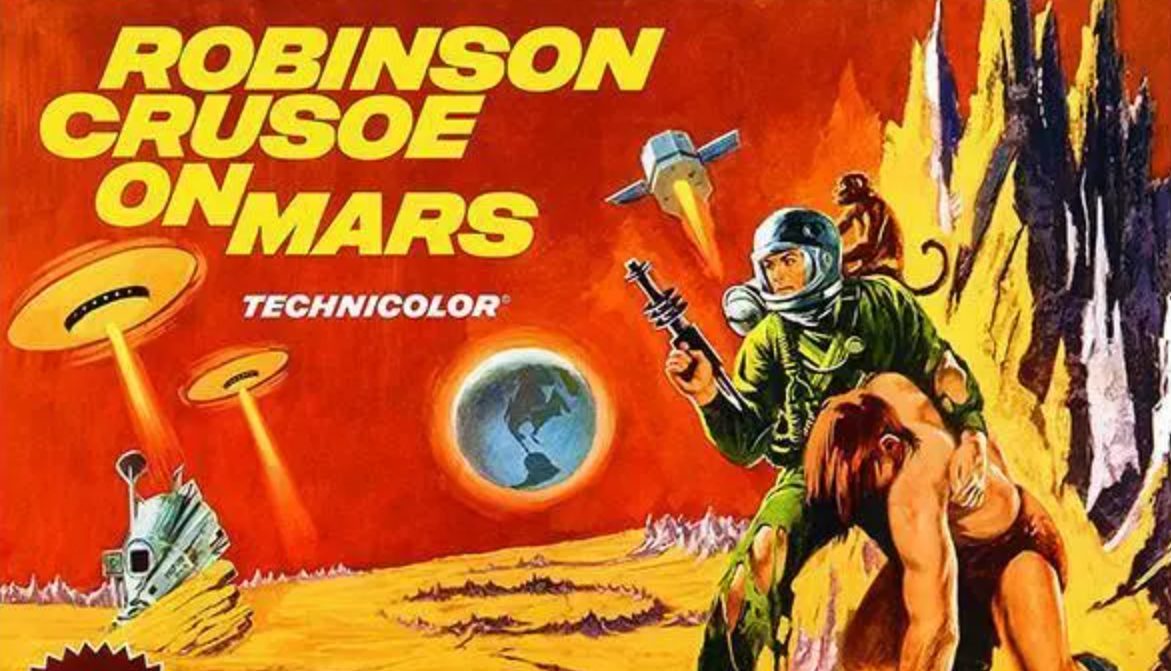
Stranded millions of miles from home with dwindling oxygen and a pet monkey for company, Commander Draper transforms Mars’ hostile landscape into humanity’s first extraterrestrial outpost through ingenious survival techniques that impressed even NASA’s engineers.
Shot in Death Valley when Mars location shoots weren’t an option, the film creates an alien landscape that feels genuinely hostile and otherworldly. The psychological aspects of isolation hit harder than the alien encounter segments.
3. Crack in the World (1965)
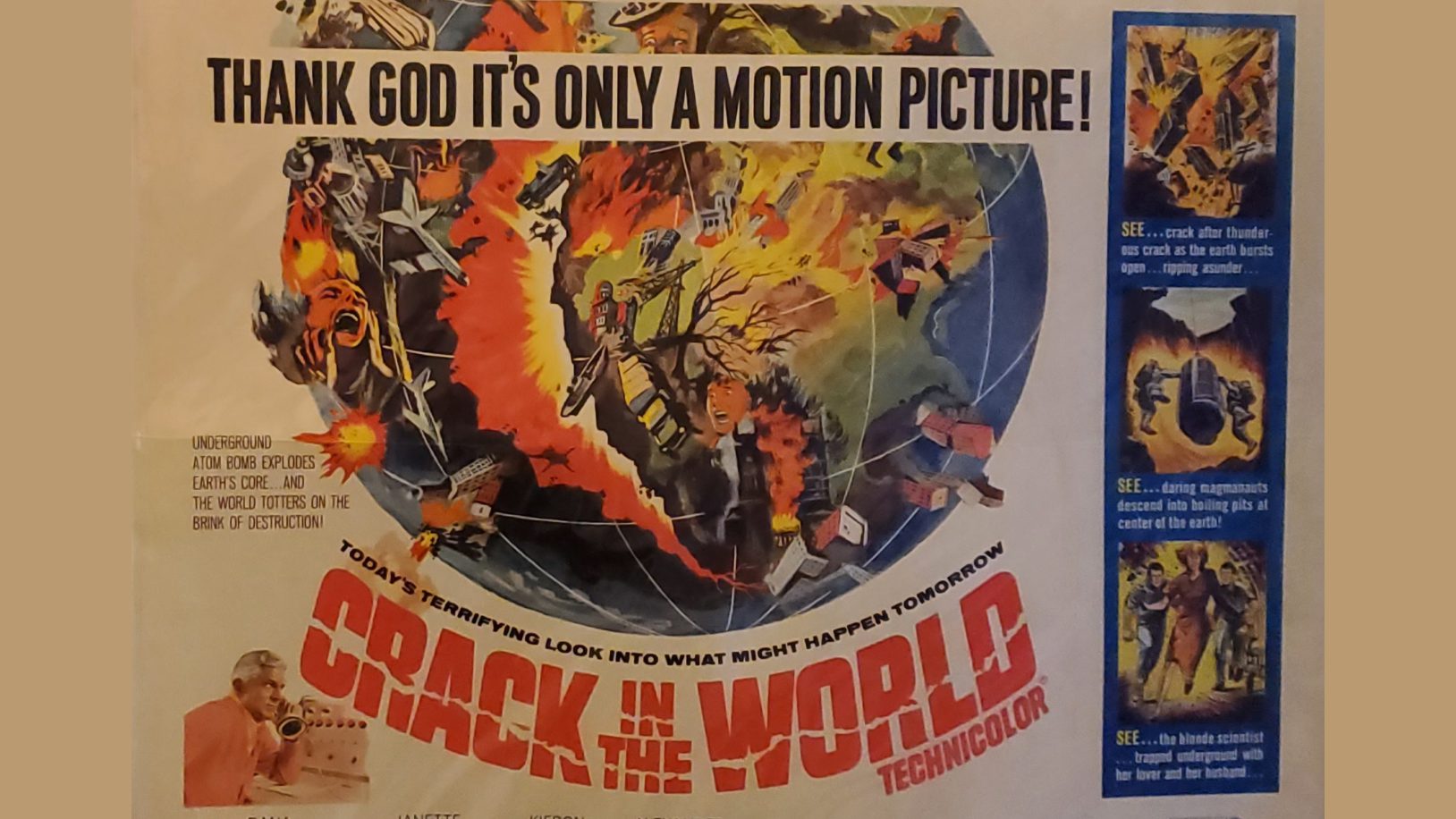
If you think today’s climate anxiety is intense, Dana Andrews’ geological disaster epic tapped into nuclear-age environmental fears by showing scientists accidentally splitting Earth’s crust with their atomic hubris. This geological disaster flick premiered when nuclear testing was making actual cracks in public confidence, delivering its environmental warning with all the subtlety of a sledgehammer to a watermelon. Dana Andrews leads researchers who decide drilling into the Earth’s mantle with atomic energy definitely won’t have consequences—spoiler alert: it does.
The special effects might make you snort-laugh by today’s standards, but the underlying message hits with surprising relevance in our climate-conscious era. The movie plays out like a PowerPoint presentation your science teacher might show if they secretly harbored end-times beliefs.
2. The Day of the Triffids (1963)
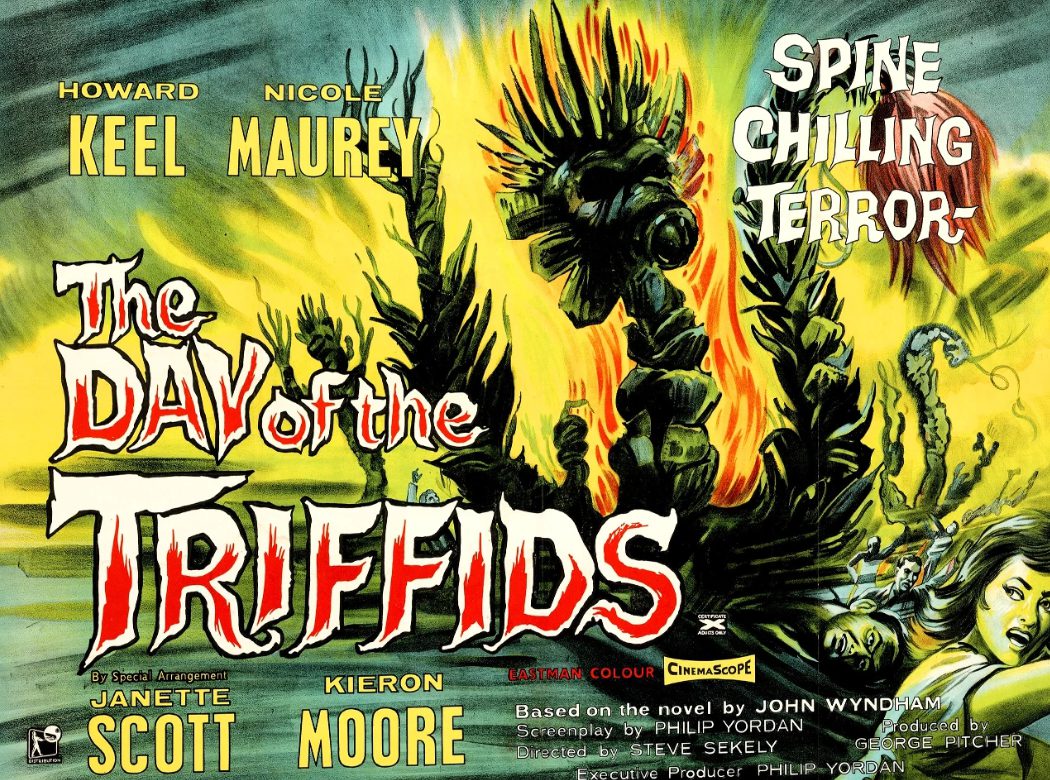
Caught between sudden blindness and carnivorous plants with a taste for human flesh, John Wyndham’s double-apocalypse scenario offers a chilling preview of how quickly civilization crumbles when disaster strikes. “The Day of the Triffids” delivers a double apocalypse—global blindness AND carnivorous plants—because one civilization-ending event wasn’t dramatic enough.
The film takes John Wyndham’s brilliant novel and streamlines it for audiences who came for the monster plants but stayed for the collapse of social order.
What makes “Triffids” fascinating today isn’t the special effects (which resemble angry garden decorations on strings) but its brutal assessment of how quickly society would unravel when disaster strikes. The movie plays like a disturbing preview of how modern humans might handle a real catastrophe: poorly, selfishly, and with surprising speed.
1. Fantastic Voyage (1966)
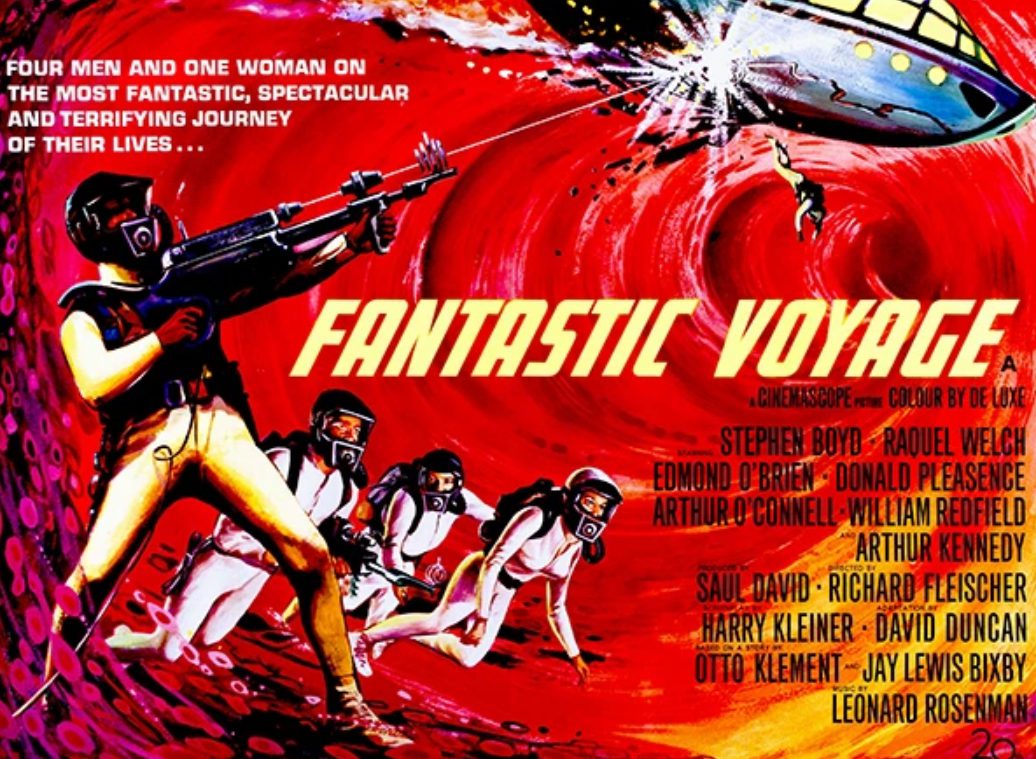
Human anatomy becomes an alien universe when miniaturized scientists navigate blood vessels and battle white cells in this Oscar-winning adventure that transformed medical visualization decades before CGI existed. The premise—shrinking a submarine crew to microscopic size to perform surgery from inside a patient—sounds like a fever dream a medical student might have after an all-night study session.
The film creates tensions, both scientific and Cold War political, as sabotage threatens the mission from within. Raquel Welch and Stephen Boyd navigate white blood cells and antibodies with the same serious expressions modern actors reserve for fighting aliens, creating unintentional comedy that somehow enhances the experience.


